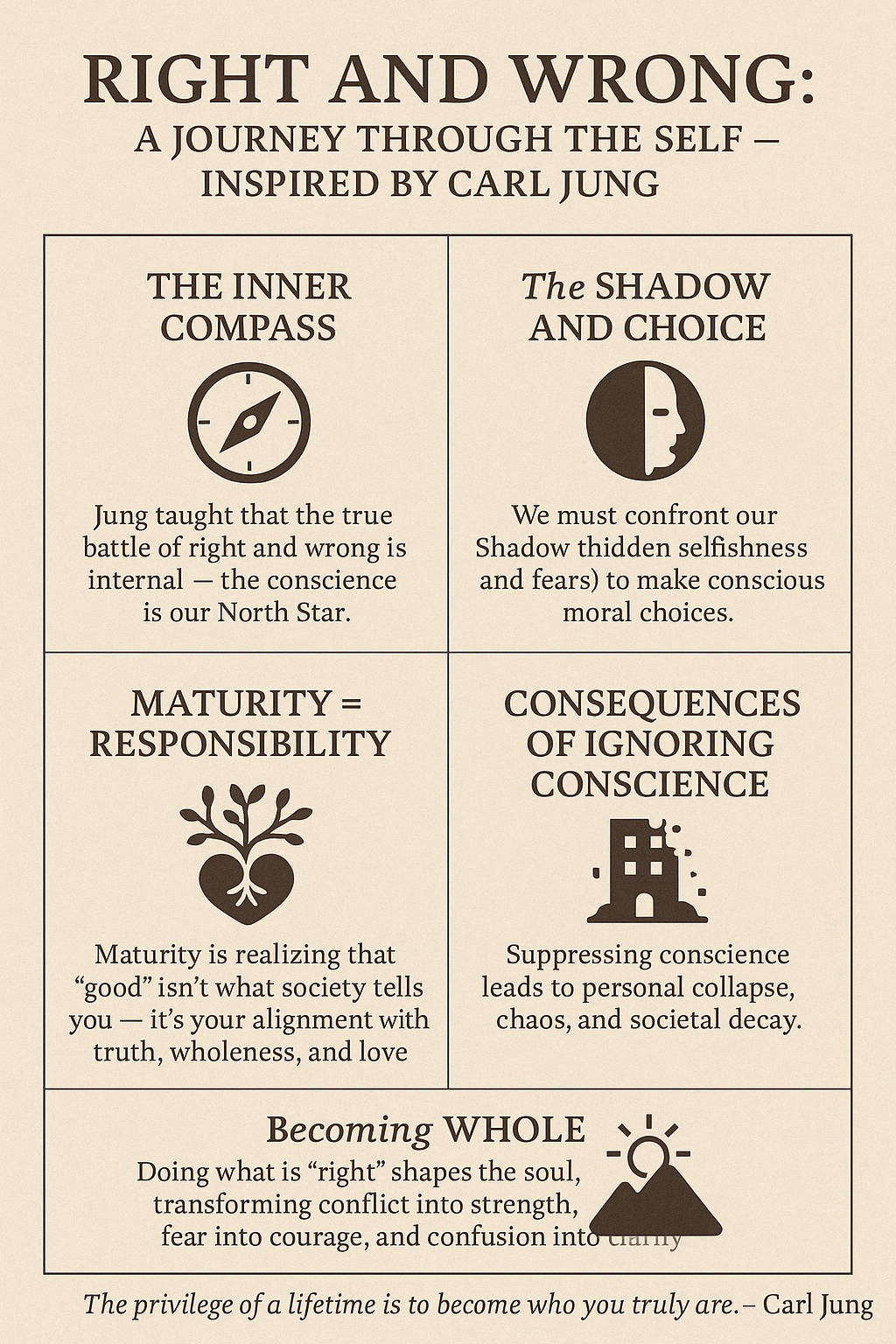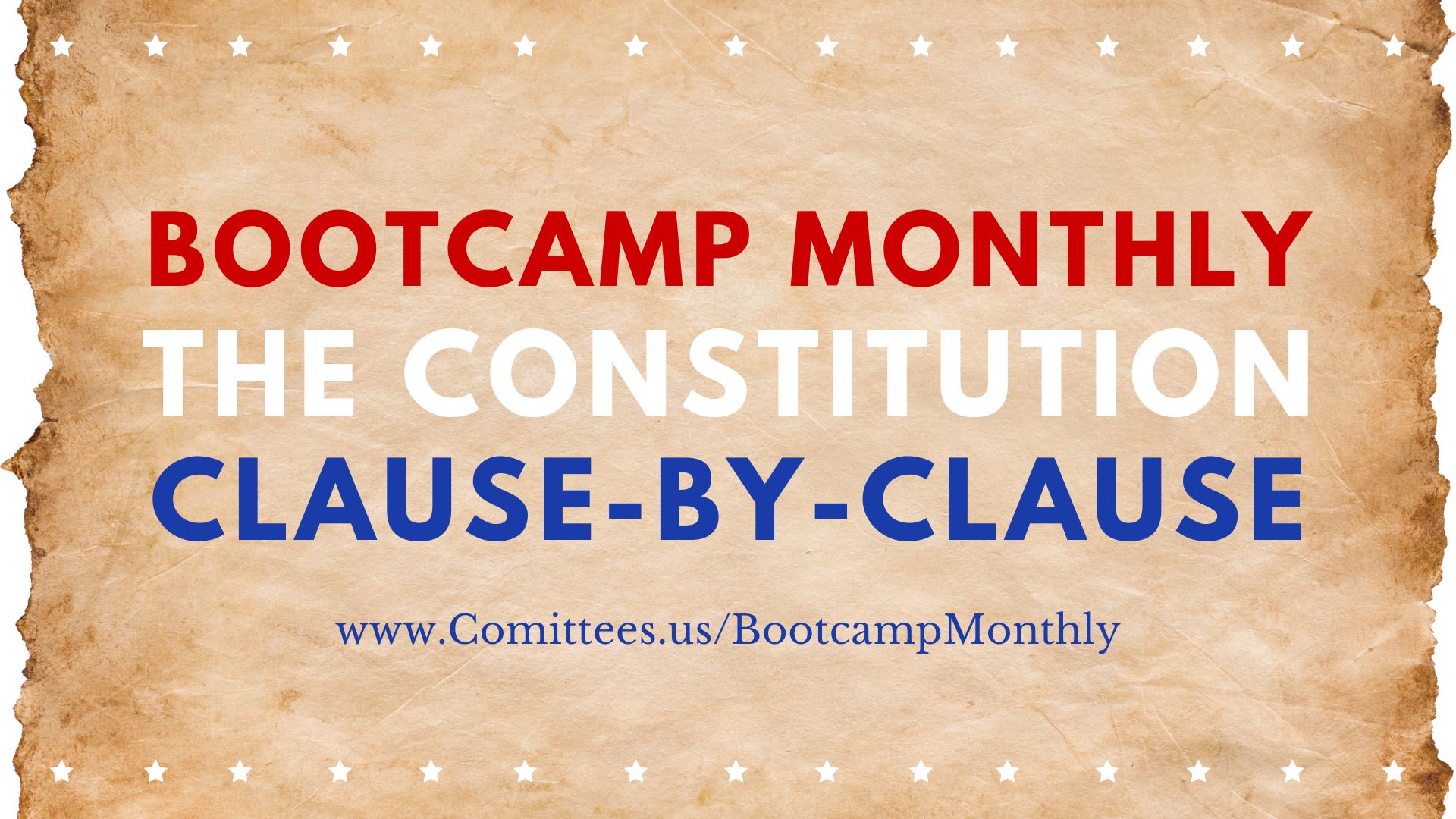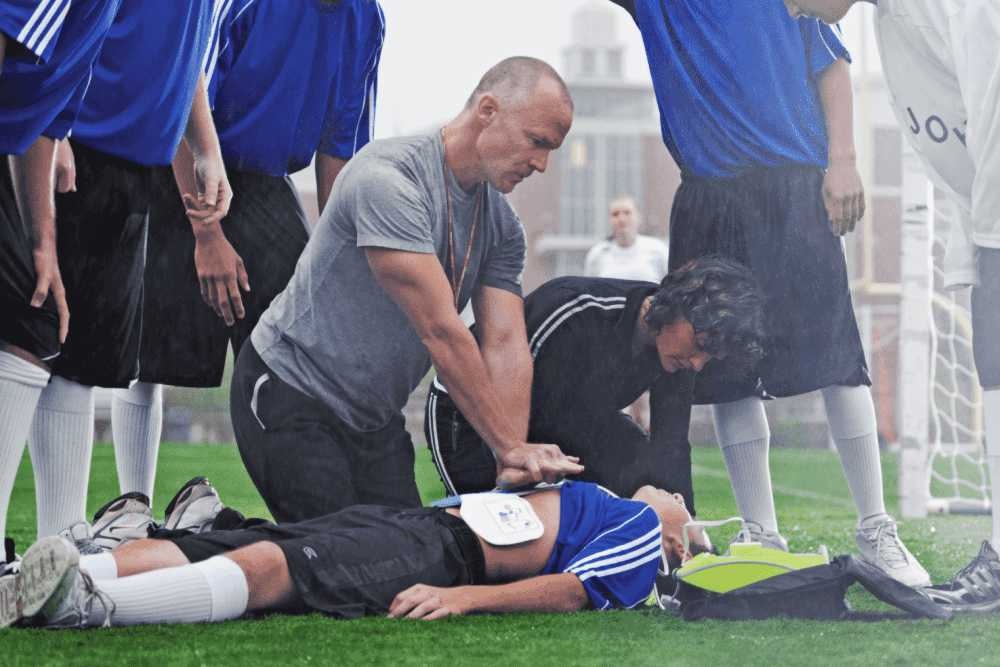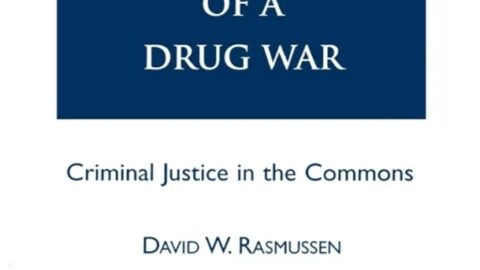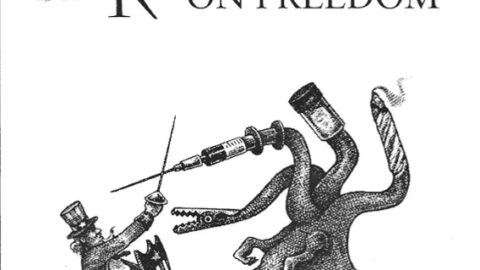Carl Jung’s famous statement —
“The pendulum of the mind alternates between sense and nonsense, not between right and wrong,”
highlights something profound about human psychology:
Human thought is not naturally calibrated to distinguish right from wrong, but between what makes sense to us and what doesn’t — often based on limited, subjective, or emotional reasoning.
This observation is key for understanding not only personal confusion but also social and cultural breakdowns.
Why and How This Happens
- Subjectivity over Objectivity
Humans naturally perceive the world through their own limited paradigms (experiences, emotions, upbringing). What “makes sense” is often what fits into their existing worldview — not necessarily what is true or right. - Cognitive Bias
We are prone to confirmation bias — we search for and interpret information that confirms what we already believe makes sense. - Emotional Filtering
Emotions heavily influence our perceptions. When something feels good, we label it “sense;” if it feels bad or challenges our worldview, it often gets dismissed as “nonsense.” - Cultural Conditioning
Societies, families, media, and even schools shape what we think is “common sense” — but these are often shifting trends, not eternal truths. - Absence of a Fixed Moral Compass
Without an unchanging foundation (like principles based on divine law, natural law, or deep philosophy), the human mind wavers between relative ideas of sense and nonsense — without the anchor of right and wrong.
How This “Pendulum” Impacts Society
- Moral Relativism:
When “sense” is the standard rather than “truth,” people say things like “what’s true for you is not true for me,” leading to chaos in moral reasoning. - Identity Politics and Tribalism:
Groups believe their “sense” is right, resulting in polarization and conflict rather than a pursuit of truth. - Emotional Reasoning Dominates:
Society drifts into feelings-over-facts mentality (as Ricky Gervais pointed out: “The world began to crumble when feelings started overruling facts”).
Bridging the Gap to Right and Wrong
The goal is to move from simply trusting what “makes sense” to seeking and living by what is true, good, and right.
Here’s how:
| Step | Explanation |
|---|---|
| Foundational Principles | Anchor thought in absolute truths (e.g., moral law, natural rights, divine teachings). |
| Critical Thinking | Train the mind to evaluate ideas systematically: Evidence, Logic, Principles — not just “gut feelings.” |
| Humility | Recognize our limited perception. True wisdom often requires unlearning, self-examination, and openness to truth. |
| Discernment | Seek understanding through prayer, meditation, study, and reflection. Distinguish between fleeting emotions and timeless values. |
| Community of Principle | Surround yourself with people committed to truth, character, and principle — not just comfort or convenience. |
Bringing It Home: Teaching Right and Wrong
- Parents, mentors, teachers must instill values and principles that transcend emotions and current trends.
- Teach kids and adults alike: Not everything that “feels right” is right.
- Use frameworks:
- Biblical Principles
- Classical Liberal Education (emphasis on moral reasoning)
- Character Ethics over Personality Ethics (Stephen Covey)
- Covey’s Centeredness on True Principles
- Arbinger Institute’s “Outside the Box” objectivity
- Teach them to ask:
- Is this true?
- Is this right?
- Is this aligned with principle, not just emotion or convenience?
Conclusion:
Carl Jung was right — the natural mind doesn’t swing between right and wrong.
Right and wrong must be taught, sought, and chosen — deliberately, consciously, and courageously.
Without anchoring ourselves in timeless truth, we remain caught in a swirling sea where today’s “sense” becomes tomorrow’s “nonsense” — and real morality disappears.


